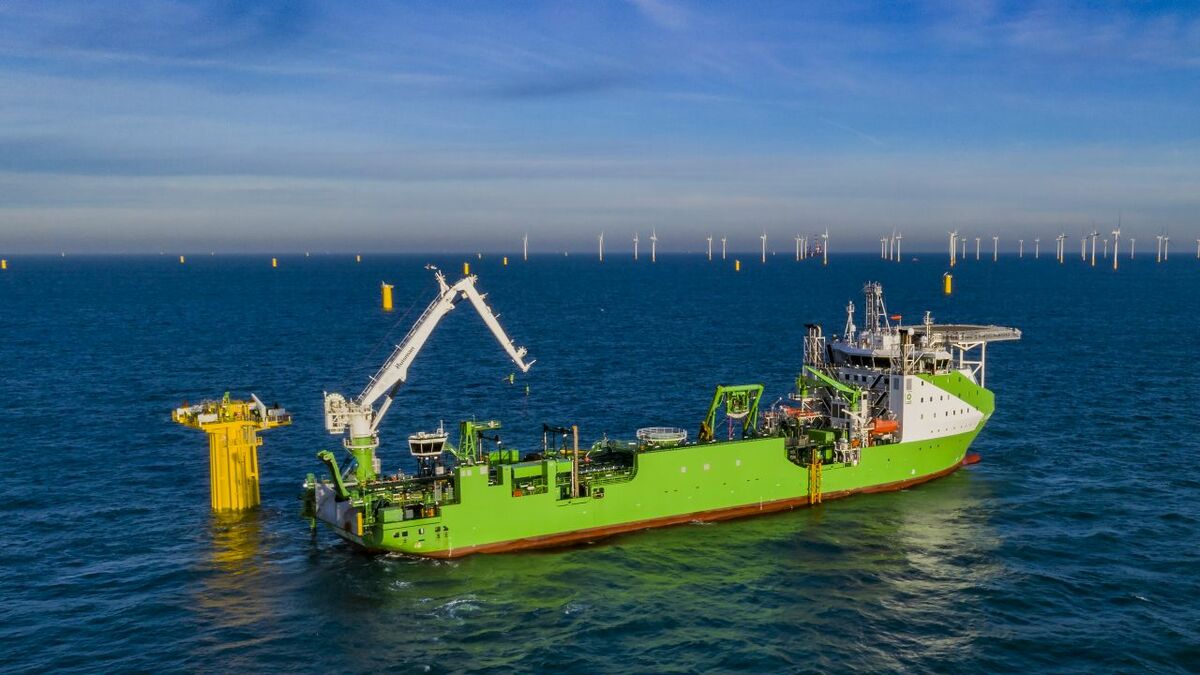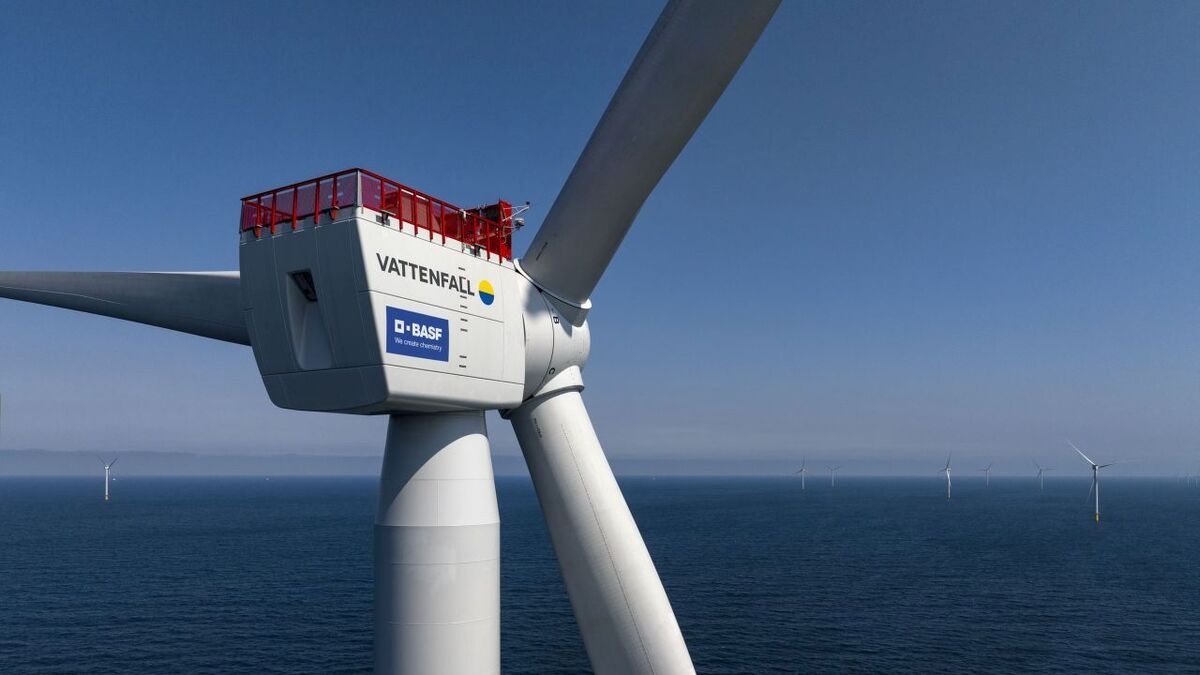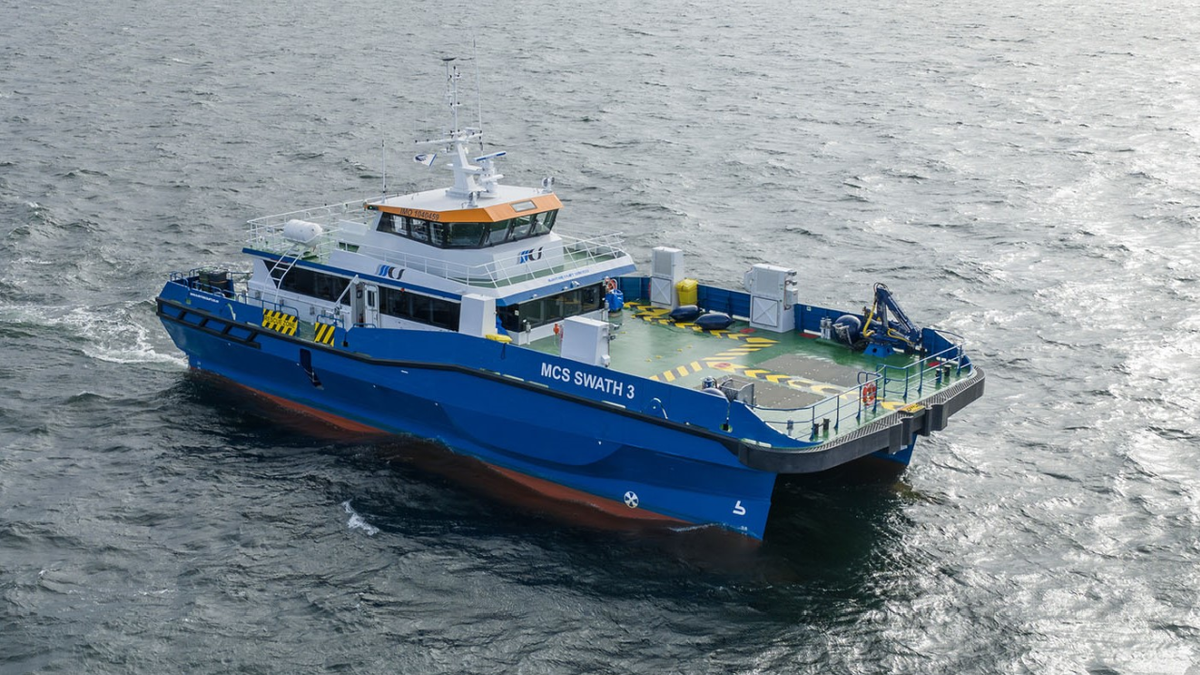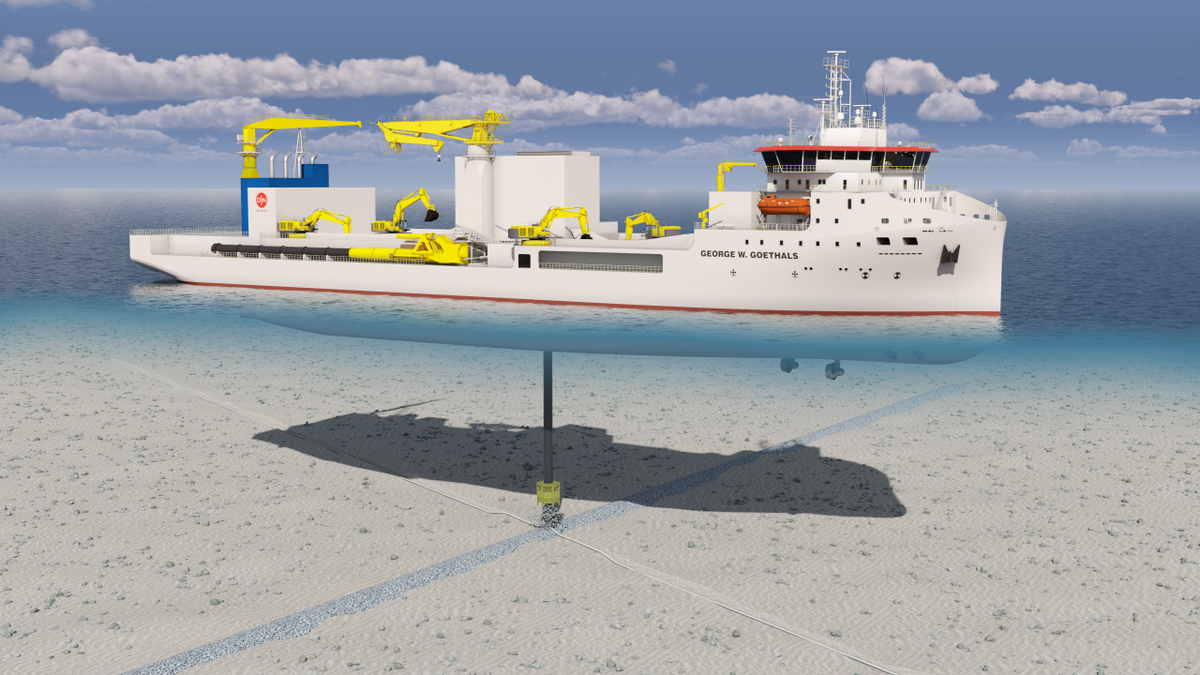Business Sectors
Events
Contents
UPDATED: Awesome auction will catalyse change
Offshore wind has been subsidised from the outset, but no longer. Going forward, some form of support may be needed for projects in the UK, but 20 September 2019 was a watershed for the industry
So, what do the results of the latest, momentous auction for renewable energy in the UK tell us about costs, future auctions, and how developers might finance projects in future?
Commenting on the latest UK offshore wind auction results, Energy and Climate Intelligence Unit head of analysis Dr Jonathan Marshall said, “At just a third of the price of contracts signed just four years ago, these latest deals highlight how renewables are blowing the competition out of the water.
“Signing deals at rock-bottom prices means that low-cost, low-carbon electricity is being locked in for the future, easing household budgets and ensuring that costs faced by British businesses fall.
“Costs have now fallen so rapidly that it is a government-imposed cap that is limiting the amount of capacity installed. Every passing auction shocks onlookers with record low costs. Now questions may start to be asked if waiting two years between auctions is in the best interest of British homes and businesses.”
As Dr Marshall noted, another effect of the rock bottom prices is that the pot of cash allocated for this auction was not exhausted. The limiting factor, instead, was the capacity cap put into place by the government.
“If this situation remains the same going forward – and it is hard to imagine a jump in costs that means it won’t – it changes the role of the government in the offshore wind revolution,” he said.
“Rather than limiting the rollout rate by spending, it will now be controlled by how much new capacity the government wants to see in each auction.
“This is a far more hands-on role than the government has historically taken, and effectively puts it in charge of the relative make-up of the UK’s electricity mix in decades to come. Combine these events with a fresh energy minister, and we are in very new territory.
“Industry and NGOs have been lobbying for the cap to be raised – perhaps in anticipation of such low prices – and those calls will surely become louder.”
Experts at CMS Law said that, as a result of the very competitive strike prices, that were below the wholesale electricity prices assumed in the auction, Allocation Round 3 (AR3) has, in principle, had a neutral impact on the budget made available for CfD support (levels of support were constrained by a 6 GW cap rather than by the budget made available).
The Low Carbon Contracts Company’s (LCCC’s) analysis of the weighted average strike prices of the projects, compared to those in previous rounds, indicates that if wholesale electricity prices follow forecasts, the wholesale electricity prices will, over the course of the CfD, be higher than the strike prices for AR3 projects. If proven true, this will demonstrate the two-way payment flow that CfDs were designed to achieve.
As the LCCC noted, the 6 GW capacity cap was the limiting factor on successful projects, not the budget cap of £65M. In fact, since the strike prices are significantly under the reference prices set for the auction, budget usage is actually negative, with the total impact amounting to £246.2M from 2026/27 onwards, for the duration of the contract. As a result, as the AR3 projects become operational, if power prices develop as expected, consumers can expect to pay up to £250M less per year than if the AR3 projects had not been awarded contracts.
Wood Mackenzie senior research analyst Shimeng Yang said the government expects a negative notional budget impact of deploying offshore wind based on its reference price. “The actual CfD top-up payment will be determined by the wholesale power price over the next 15 years,” he said, “however, we expect this would lead to a positive gain for the UK government.
“The upcoming UK CfD round 4 discussions will now go beyond the budget allocation. They will focus on capacity caps to ensure competitiveness, as well as volume needed to reach the 30 GW offshore wind target by 2030. Furthermore, the declining UK offshore wind strike prices will force developers to prepare for bids below current power prices or to follow a pure merchant route to market.”
Despite talk that developers might ‘go merchant’ at some point in the future, the insurance policy that a CfD provides has been incredibly important in getting to zero-subsidy and the need for some kind of financial support probably isn’t going to go away altogether.
Aurora Energy Research expects offshore wind capture prices, and hence merchant prices, to be above the recent clearing prices over the duration of the contracts, but wind revenues are subject to significant uncertainty.
Looking to the future, it said, fast build-out of offshore wind spurred on by the government’s decarbonisation agenda could rapidly increase price cannibalisation and reduce merchant returns below the £39.6/MWh level that the contracts announced on 20 September came in at.
As Offshore Wind Consultants’ Juan Frías noted, it will be interesting to see how the results of this latest auction and the very low prices achieved will affect developers interested in upcoming lease auctions by The Crown Estate and Crown Estate Scotland.
Projects awarded following those lease auctions are due to be commissioned by 2030. Developers will therefore need to very thoroughly assess the technical feasibility of potential projects in that timeframe in such a competitive scenario.
A separate pot could be necessary for floating wind, he believes, because even with the better capacity factors floating wind enjoys it will be tough to compete against bottom-fixed offshore at such low prices.
In WindEurope’s view and in the view of many other analysts, the auction confirmed once and for all that the UK has the best auction model for renewables. The two-sided CfD requires windfarms to pay back the difference when the market electricity power exceeds the guaranteed price, delivering the lowest overall societal costs.
“And they’ve got the best model for government-industry collaboration, with the wind industry committing to 27,000 jobs on the back of the government’s commitments on future auctions. Other European countries should take careful note as they finalise their offshore wind plans as part of their 2030 National Energy & Climate Plans,” WindEurope said.
The challenge will now be to deliver the projects in the time-frames required under the CfD terms, without bearing down to heavily on the supply chain that things start to break down. But as Cornwall Insight argues, if renewable energy is this cheap, we should be building as much of it as possible – much more than the 30 GW by 2030 the current government committed to. Her Majesty’s Opposition, the Labour Party has just announced plans for 52 GW of offshore wind by 2030. With all political parties now fully behind offshore wind, the 30 GW target looks set to grow.
Related to this Story
Events
Offshore Support Journal Conference, Americas 2025
LNG Shipping & Terminals Conference 2025
Vessel Optimisation Webinar Week
© 2024 Riviera Maritime Media Ltd.













